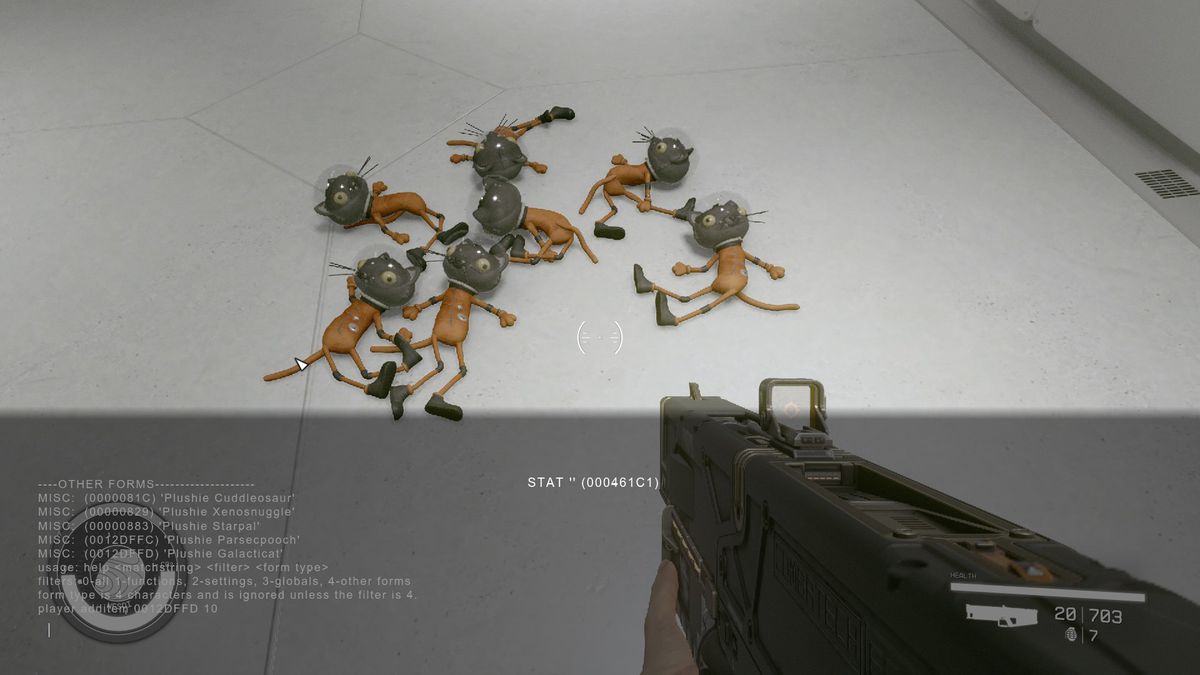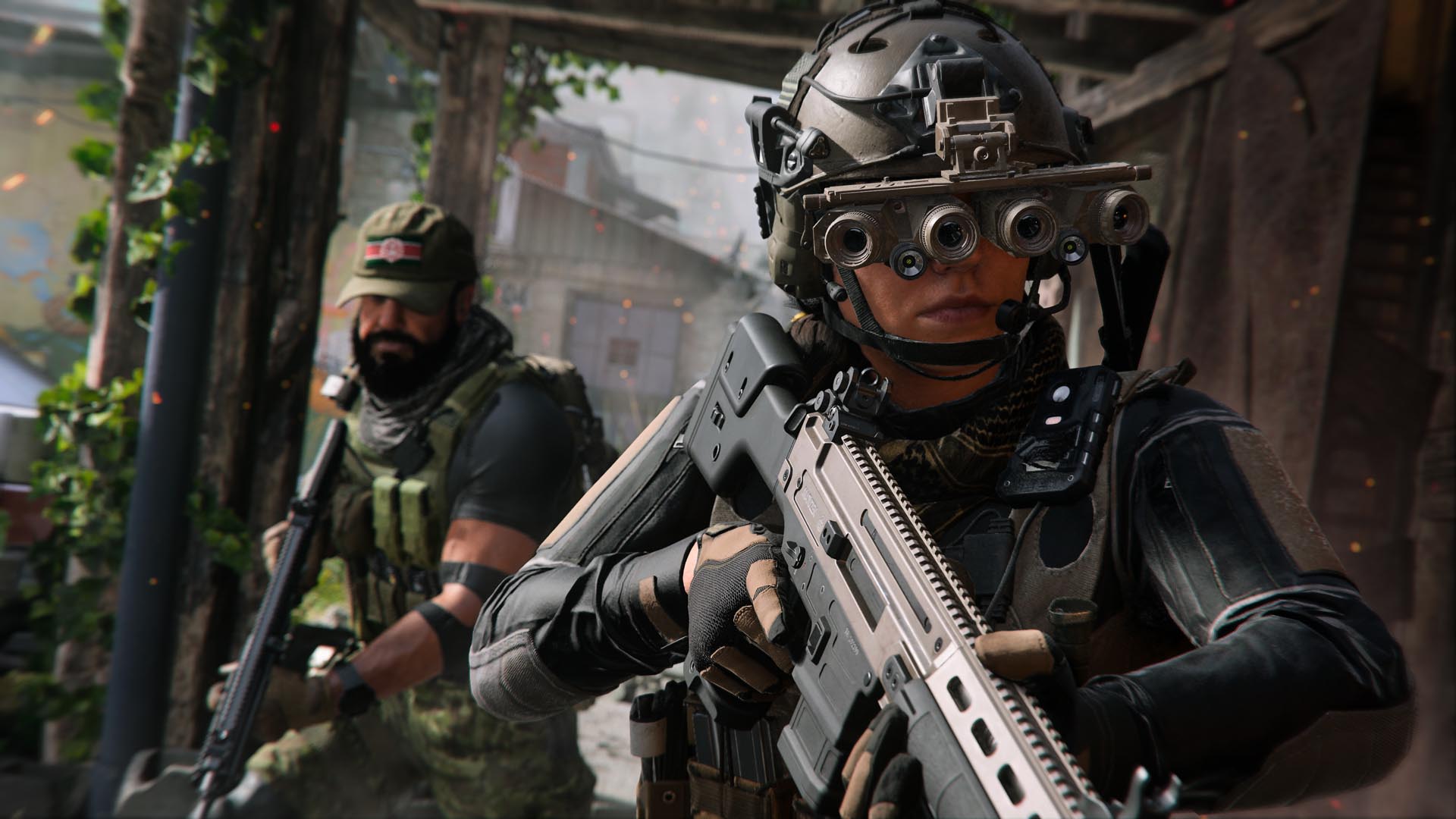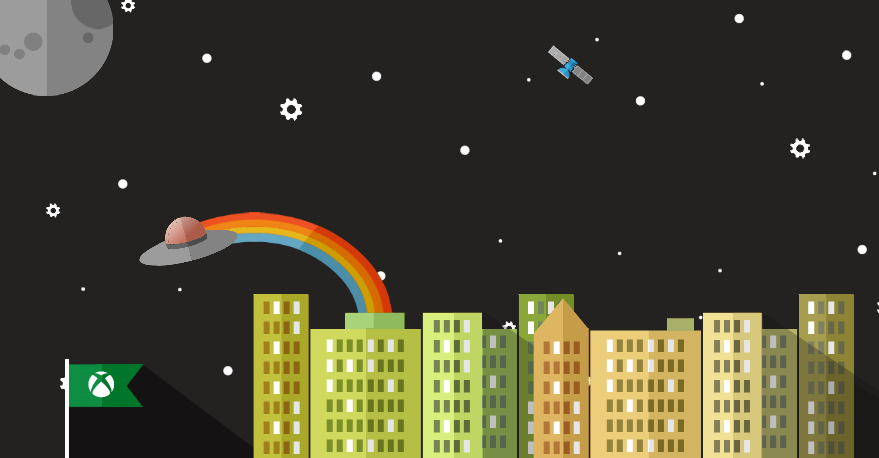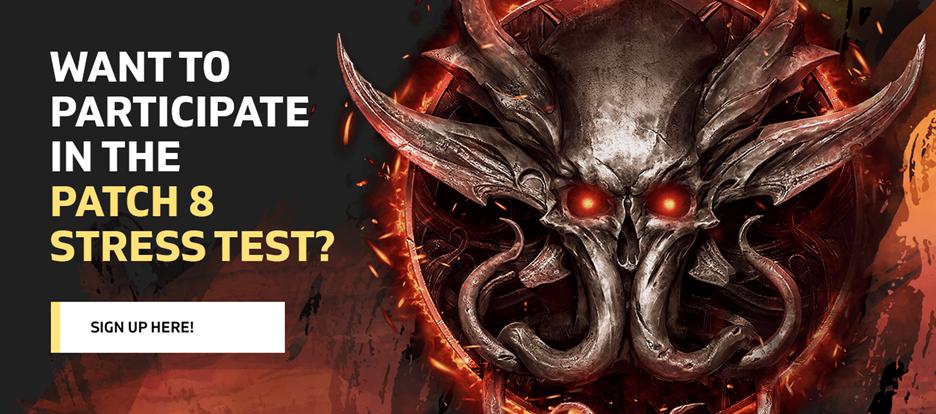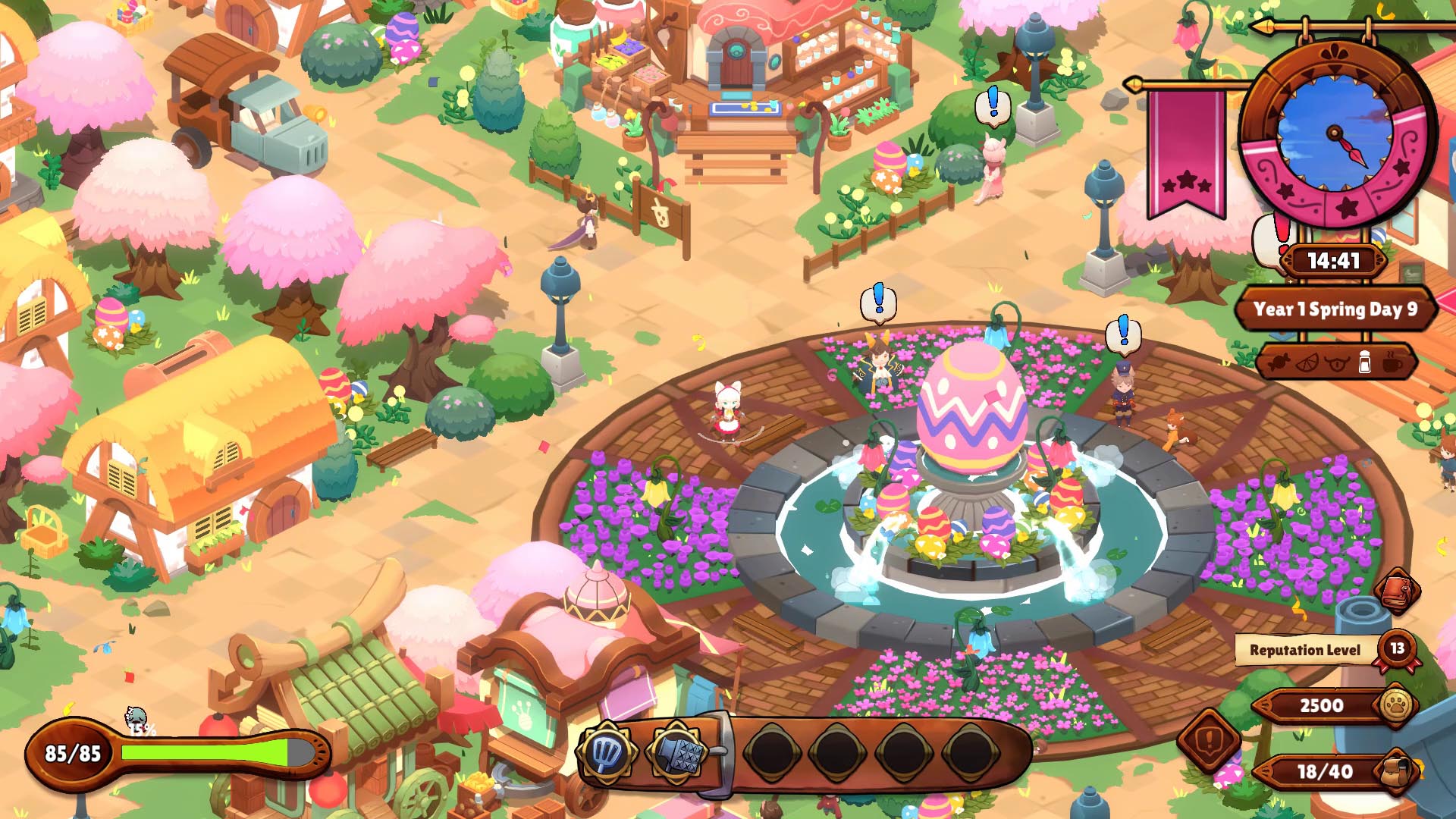How many spirits do you think are surrounding you at this very moment? Lords of the Fallen presents you with this grim newfound curiosity, then hands over the tool to satiate it. A lamp lets you take a peek at the realm of the dead — called the Umbral realm — in real time during your crusade. In an instant, the lamplight reveals that a seemingly inaccessible lake hides a traversable hollow pit, while innocuous corridors become swarmed with floating corpses. Yet, as compelling as this use of dual realities is, Lords of the Fallen can’t escape the cold touch of an array of design and pace frustrations that plague the entire experience.
Lords of the Fallen, not to be confused with its 2014 namesake, is developer Hexworks’ attempt at carving out an identity in the Soulsborne genre, after taking the project over from Deck13 and Defiant Studios. Like this year’s Lies of P, the 2023 Lords of the Fallen takes cues from the later era of FromSoftware works. And unlike its predecessor, you’re no longer forced to play as a gym bro who’s skipped leg day his entire life. Alongside a robust character creator, movement feels far looser and more responsive this time around.
Unlike Lies of P, combat doesn’t revolve mostly around perfect parries in the style of Sekiro: Shadows Die Twice. Parries exist as a mechanic, but you lose health even when performing them successfully. This health can be recovered if you hit the enemy while staying out of harm, à la Bloodborne. As time went on, however, I found that this trade-off discouraged me from trying to break the enemy’s stance altogether. Fortunately, the game offers enough weapon variety, including spells and a plethora of ranged options like elemental grenades and crossbows, to suit different strategies and playstyles.
:no_upscale()/cdn.vox-cdn.com/uploads/chorus_asset/file/24995939/20231005184437_1.jpg)
The biggest draw is the presence of the Umbral realm. At first, the lamp seems almost gimmicky, its novelty revolving around witnessing how different the environments are in the underworld. A handful of hours into the game, Umbral becomes central to your journey. Staircases made out of bones and sliced spines acting as bridges are often the only way forward, but you can’t use these pathways while you’re still in the land of the living — meaning your character has to die, either voluntarily or involuntarily, in order to march forward.
Similar to Sekiro, you get a second life every time your health bar is depleted, but you’re also taken into Umbral in the process. You can choose to trigger this transition manually using your lantern, too. For either method, the escape plans are similar: Rest at the game’s version of bonfires to return from the dead, or use sparsely scattered corpses that break upon use. If you survive the trip, you’re essentially regaining that lost life.
The mechanic takes on a stronger presence when you’re forced to switch. While you can hold the lamp to walk over an already formed bridge or through a gate, it’s not possible to interact with the environment. Some passageways require you to manipulate platforms to create a path first, which thrusts the reality shift upon you. Other times, you’ll get pulled into Umbral by an enemy who manages to hit you while you are lighting up the environment, creating a sense of urgency. The longer you stay in Umbral, the more dread you’ll feel. Enemy presence gradually increases, culminating in a powerful grim reaper (et tu, Persona?) chasing you down.
Initially, these spectral getaways felt exhilarating. Returning to the realm of the living just before a horde of undead husks managed to grab me reminded me of the thrill of reaching a safe house in Left 4 Dead by a scratch. Ironically, though, these escapades revealed one of Lords of the Fallen’s foundational flaws: an overreliance on large enemy groups acting as a shallow difficulty ramp. Both realms joining forces would often result in a dozen or more foes to avoid through narrow corridors or instadeath pits. Whenever I dared to make a run through an area, the number of mobs was so abundant that the initial novelty turned into an annoyance that I would purposefully seek to avoid.
:no_upscale()/cdn.vox-cdn.com/uploads/chorus_asset/file/24995944/20231006234938_1.jpg)
:no_upscale()/cdn.vox-cdn.com/uploads/chorus_asset/file/24995947/20231006032200_1.jpg)
:no_upscale()/cdn.vox-cdn.com/uploads/chorus_asset/file/24995948/20231008021744_1.jpg)
:no_upscale()/cdn.vox-cdn.com/uploads/chorus_asset/file/24995952/20231010002819_1.jpg)
Avoiding the enemy mobs brought more frustrations to light. Bosses are a constant presence, sometimes almost back-to-back, which becomes exhausting – especially when some don’t offer much of a challenge after you’ve learned their patterns. Moreover, several of them get added to the roster of regular mobs almost immediately after. As much as I support developers behind experiences of this scale reusing assets deliberately, the results here had me exploring zones with the same exact enemies, time and time again, only in larger numbers. The few clever moments that broke this monotony, either standout encounters or some Umbral-related surprise attacks, were senselessly repeated. It didn’t take me long to wonder if the game should just have been scaled back.
After 30 hours and counting, the world of Lords of the Fallen is one I have enjoyed visiting, but ultimately dread inhabiting. Quality-of-life elements, like the option to create your own checkpoints in designated areas, are often jeopardized by an actual checkpoint found two houses later, after you just used up a rare resource. Magic classes, which are introduced as “advanced” in the character creator, actually seem integral, with item descriptions, weapons, and rather powerful spells demanding a stat commitment that knights or archers simply can’t afford. Seamlessly switching between realities, as impressive as it looks in action, isn’t new. Ratchet & Clank: Rift Apart and The Medium boasted their SSD-powered tech years prior, while Legacy of Kain: Soul Reaver showcased similar ideas to Umbral with its Spectral Realm decades ago.
Lords of the Fallen, then, faces a peculiar conundrum. In its crusade to innovate and stand out from its 2014 predecessor, the experience focuses on sheer quantity and artificial attempts to trap you into overstaying your welcome, ignoring the pillars of the genre — from the carefully crafted pacing to the methodical sense of challenge. This ignorance is, at times, supported by a self-fulfilled artistic identity, with formidable vistas and oppressive environments that are worth witnessing. But ultimately, my curiosity about the world of Lords of the Fallen was met with needless restraint at every turn. After seeing the ghosts surrounding the experience, I’m desperate for the chance to shift my gaze away from this realm.
Lords of the Fallen will be released on Oct. 13 on Windows PC, PlayStation 5, and Xbox Series X. The game was reviewed on PC using a pre-release download code provided by Hexworks. Vox Media has affiliate partnerships. These do not influence editorial content, though Vox Media may earn commissions for products purchased via affiliate links. You can find additional information about Polygon’s ethics policy here.
